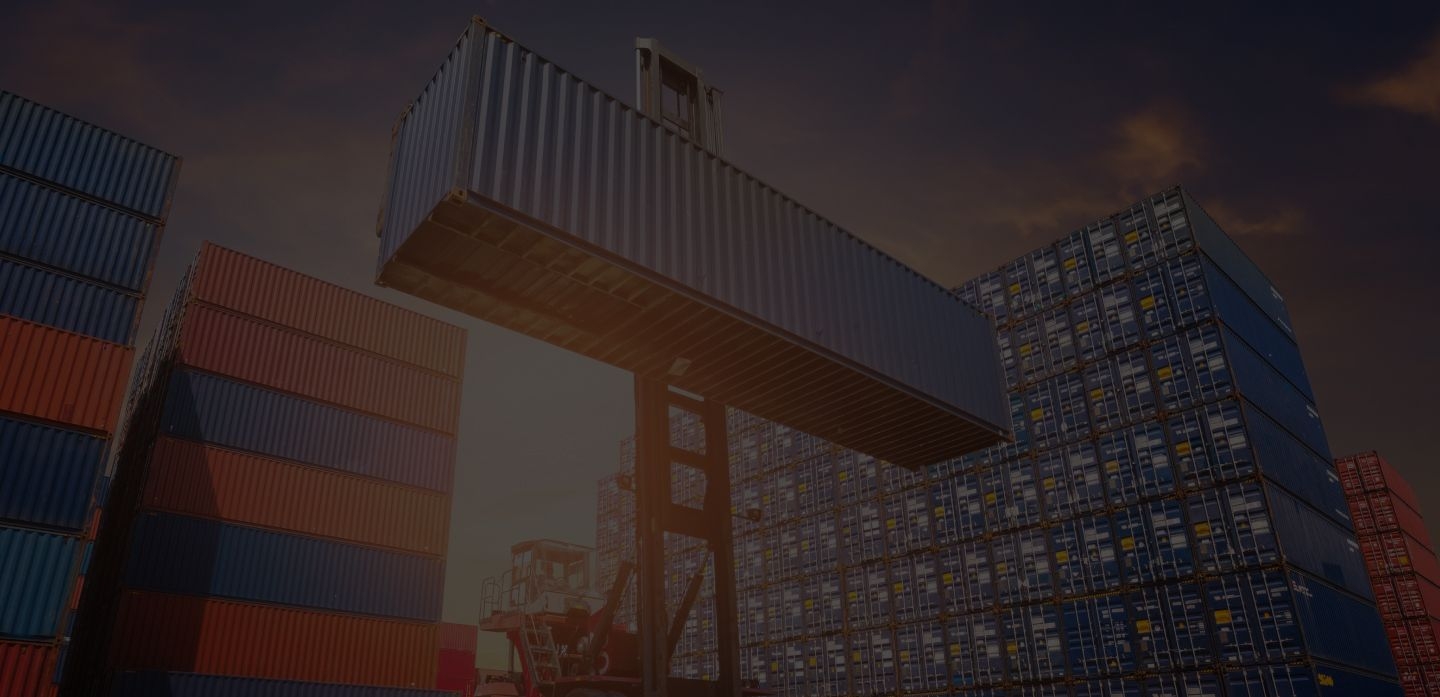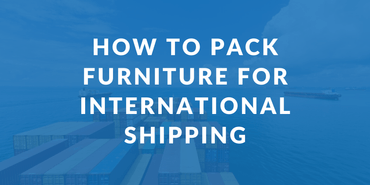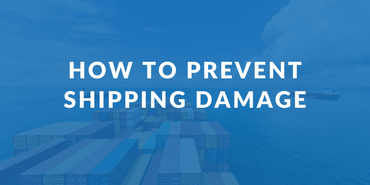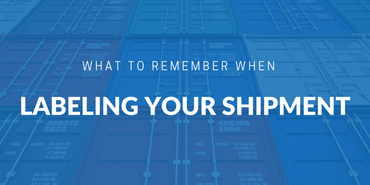
How to prepare an LCL shipment



![]()
LCL shipping
When sending shipment via LCL shipping, your cargo will be sharing a container space alongside other cargo. This increases the risk of damage to your cargo, especially when the most common cause of damage to LCL shipment is insufficient and/or inadequate packing. While you have no control over how other shippers pack their cargo, you can certainly take extra precaution to ensure your LCL shipment is well-prepared.
How to prepare an LCL shipment
There’s no one proper way to prepare an LCL shipment and it all depends on the type of merchandise you’re shipping. Certain things to consider include whether or not your cargo includes fragile goods and the total number of boxes you’ll be sending.
Here are some guidelines on how to prepare an LCL shipment:
1. Use proper boxes and packaging
Make sure to pack all your goods in boxes, and not suitcases or other kinds of containers. There are certain boxes that are specially designed for exports that you may purchase and use for your merchandise. If your cargo contains fragile goods, you should first use bubble wrap to protect your goods and use plastic packaging to fill the boxes for added precaution. A vessel out at sea may face rough conditions and it’s always best to over-protect than face damages. Seal all boxes properly to prevent any cargo from spilling out.
2. Label your boxes clearly
All boxes must be clearly labeled with the following information, preferably on each side of the box:
- Shipper name
- Consignee name
- Country of destination
- Name of freight forwarder
- Booking number
This way, the information is visible regardless of how your boxes end up being stacked in the container. Due to the nature of LCL shipping, your cargo may go through different stages of loading and unloading.
3. Number your boxes sequentially
Label each box with a number that indicates its sequential order with respect to the total number of boxes you are sending. Eg. If you’re sending 10 boxes, label the boxes as such:
- Box #1 of 10
- Box #2 of 10
- Box #3 of 10…
You may label this on the box’s main label or separately.
4. Attach a fragile label if needed
When shipping delicate goods, make sure that you label it ‘FRAGILE’ as clearly and as visibly as possible on each and every side of each box.
We would recommend you stick a special ‘FRAGILE’ sticker on the box instead of handwriting it on the box label for better visibility.
5. Calculate your shipment volume and properly palletize your goods
Before you get an LCL shipment quote, you need to first calculate and provide the total volume of your merchandise. Once you have done that, you may proceed to book with your freight forwarder.
We recommend you to palletize your cargo. Because LCL containers are shared, all merchandise in the container needs to be perfectly and properly palletized to reduce risk of damage to other cargo.
If palletizing, keep in mind that it adds into your total volume and overall price. If you under-report your overall volume, you run the risk of incurring extra costs.
6. Package your goods uniformly
Stack your cargo as evenly and uniformly as you can. That means not having one part sticking out too high or shifting due to unbalanced distribution. Because shipping prices are determined based on the volume of the merchandise, an uneven distribution may result in higher costs.
7. Label any non-stackable pallets
Depending on the type of merchandise you’re shipping, it may not be the most ideal option for them to be stacked, which is a common practice, especially if you’re sending fragile goods. As important as it is to properly palletize your cargo should you want to keep your pallets unstacked, make sure to let freight forwarder know when you make your reservation. You should also label this on all sides of the boxes you do not wish to have stacked.
8. Use only plastic or wood-treated pallets
Most palletizing happens after the goods arrive at the warehouse. You can, however, choose to palletize it yourself. Should you do so, we would recommend you to use either plastic pallets or wood pallets that have been properly treated. This reduces the risk of rejection by customs authorities at destination for failure to comply with regulations.
- 1. LCL shipping
- 2. How to prepare an LCL shipment1. Use proper boxes and packaging2. Label your boxes clearly3. Number your boxes sequentially4. Attach a fragile label if needed5. Calculate your shipment volume and properly palletize your goods6. Package your goods uniformly7. Label any non-stackable pallets8. Use only plastic or wood-treated pallets
Related Articles


